The kiwano (Cucumis metulifer) is a plant belonging to the botanical family of Cucurbitaceae. It is native to southern Africa, but today it is also cultivated in other continents, for example in Mediterranean Europe (Portugal, Italy, Spain, France). Being a cucurbit, it is very similar to plants more familiar to us, such as the cucumberL’watermelonthe melon and the loofah. For this reason it is also known with vulgar names such as: horned melon And African cucumber. Despite being a species of exotic origin, it is rather rustic and, with the right precautions, it can be grown in Italy.
In this article we know the botanical characteristics of this plant, the organic cultivation techniques, the properties and uses of the fruits.
The kiwano plant
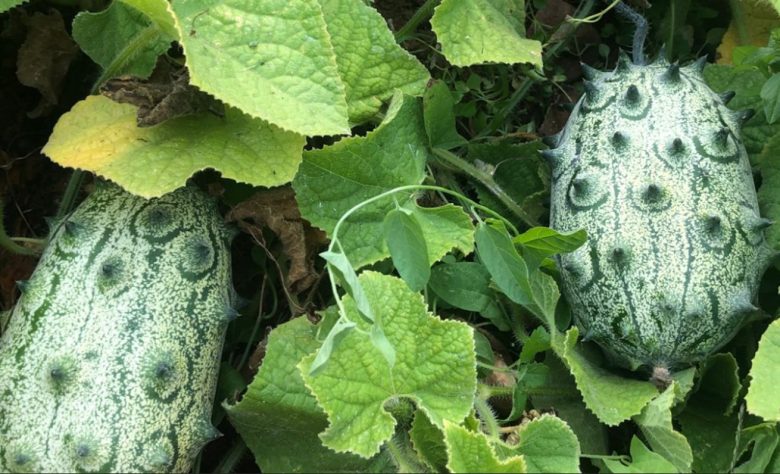
There Cucumis metulifer it is a herbaceous plant with an annual cycle. It is formed by prostrate, thin, pubescent and branched stems, up to 1.5-2 m long (even more, if grown in a greenhouse). The stems, just like many other cucurbits, are equipped with tendrils opposite the leaves, which allow the plant to climb up supports, whether natural or artificial. For this characteristic it can be considered a climbing plant.
Leaves
The leaves of the kiwano are alternate on the stems, have a lobed, almost heart-shaped flap. The surface is pubescent, the color is intense green on the upper side, paler on the lower one. They are of considerable size, especially the first leaves along the stem, and are carried by a long petiole.
Flowers
The flowers are monoecious, with a gamopetala corolla, campanulate-funnel-shaped and with five yellow lobes. The male flowers have three stamens, while the female ones have the inferior ovary surmounted by a short and trilobed style.
The flowering of the kiwano in our latitudes occurs in the middle of summer and is very prolonged.
Pollination is done by bees and others beneficial insects.
Fruits
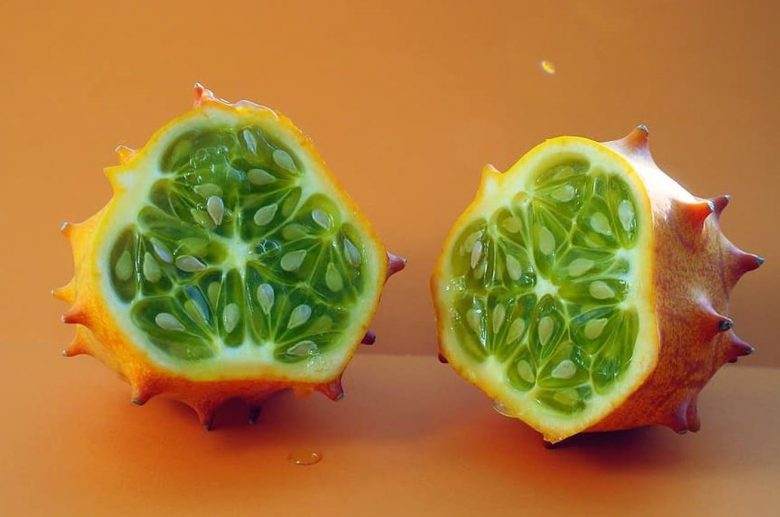
The kiwano, intended as a fruit, is oval in shape, similar in size to those of a beautiful prickly pear, even if unlike the latter the skin is leathery. The color is initially greenish-yellow, then reddish-orange when fully ripe.
The fruit ripens fully in autumn, when the rest of the plant dries up.
On the peel there are evident thorny protuberances, of a conical-acute shape, from which the name of horned melon derives.
Inside, the pulp is made up of a gelatinous substance, yellowish-green in color, which contains many seeds, which are also edible.
How to grow kiwano
Kiwano is a plant with an annual cycle, which does not survive the winter. During the vegetative cycle it prefers a warm climate, a condition that is easily found during our summers, from north to south. The best exposure is that in full sun, at the limit in partial shade and possibly sheltered from cold winds.
As mentioned, the fruits reach full ripeness in autumn, a bit like with the pumpkinanother plant of the same family.
Therefore, according to its botanical characteristics, we can say that kiwano can be successfully cultivated throughout Italy.
Obviously you have to start on the right foot, let’s see how.
Soil and fertilization
Like all cucurbits, the kiwano also benefits from a deep and fertile soil, it must therefore be prepared with carebefore starting cultivation.
The advice we give is to carry out abundant fertilization at least 1 month before transplanting, amending the soil of the mature manure. Alternatively, you can use the home compost or it pelleted manure.
After fertilization, the soil can be left to rest and superficially worked before planting.
Sowing the kiwano
We will hardly find kiwano seedlings in nurseries, as it is still a marginal cultivation in our country. To begin it is therefore necessary to start from the seed, which is found on sale in specialized stores. It is not necessary to anticipate the sowing times too much, it is therefore advisable to leave between April and May, when the last frosts are behind us, carrying out the sowing in seedbeds. Small pots of 10-12 cm in diameter can be used as a seedbed.
The seed must be placed at a depth of 1 cm and the soil must always be kept well moist, but not soaked. The jars should be kept in a sunny position and, if it is too cold, return home in the evening.
Sprouting and seedling growth
After sowing, kiwano shoots will appear after about 10-15 days. More or less another 15 days are then needed to develop the seedling (10 cm high) so that it is ready for transplanting in the open ground.
Planting of the kiwano
Kiwano is a plant that develops thick and rich vegetation, therefore it needs the right space. It must be planted in regular rows, keeping a distance of 1 m between one plant and another in the row, and 1,5-2 m between the rows.
Arrangement of supports
As mentioned, the kiwano is a real climbing plant, thanks to the presence of numerous and vigorous tendrils. It is therefore advisable to arrange a support to favor its vertical growth, espalier, just like we do with cucumbers and loofah. The best support is that offered by the plastic net, which in turn is hooked to sturdy support poles. We have explained the technique of setting up the support net with the example of green beans.
Irrigation and mulching
The kiwano plant benefits from regular irrigation practiced with the drip system. Consider that the cultivation starts in late spring, so it meets the strong heat already in the early stages of development.
Using the natural mulchfor example with the straw or the jutewe will decrease the water needs of the plant, as with the mulch layer the soil itself remains more humid, as transpiration is lower.
Mulching also keeps weeds in check. Obviously, irrigation will be suspended or decreased with the arrival of autumn and the first rains.
Parasites
Like other cucurbits, kiwano is also subject to attack by parasites. In particular, it is good to pay attention to presence of aphids And red spiderwhich we have already talked about in in-depth articles, which we recommend reading.
Collection and conservation
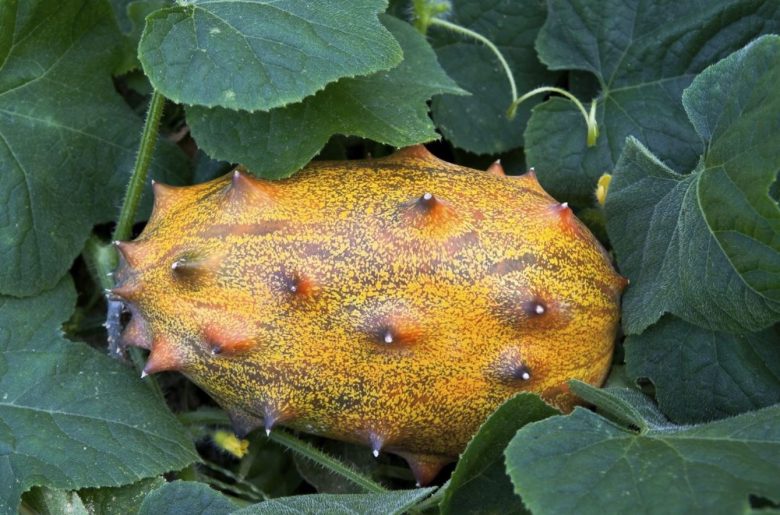
From the moment of summer flowering, the first fruits are distinguishable after about 10 days. At first, they are like gods mulberrieswith part of the corolla still attached to the apex.
The growth of the fruit, that is, reaching the appropriate size, lasts about 1 month. Then begins the maturation with the change of color of the skin, this period also lasts more or less a month, moving the time of harvest to autumn, between the months of October and November. Fruits that grow from early summer flowers grow larger and ripen earlier. Do not be fooled by the fact that the plant begins to dry up afterwards, the ripening of the fruits in fact continues.
Once harvested, the kiwano keeps for a long time, the important thing is to keep it in a cool and dry place, preferably covered with a layer of straw. There is therefore no need for immediate consumption.
How is kiwano eaten?
In African countries of origin, kiwano is eaten cooked, roasted or boiled along with other vegetables. Here it is eaten fresh. To open the fruit and extract the pulp, it is advisable to use thick gloves, in order to protect yourself from the thorny protuberances.
The pulp is very watery, with a sweet and sour taste. According to some, the taste is very similar to that of cucumber, for others there is a taste note reminiscent of banana. Including seeds, the pulp can be added to salads, fruit salads, yogurt, creams, desserts, ice cream, muesli. If consumed as it is, a sprinkling of sugar and lemon juice is added to enhance the flavor. Kiwano is also excellent for making jellies and jams.
If the seeds are indigestible, you can extract the juice from the pulp itself and thus obtain a refreshing drink. Some even sink the straw directly into it.
Nutritional values and properties of kiwano
The interest in kiwano is due to the fact that it is a dietary and beneficial fruit for health. Contains very few calories (less than 50 per 100g of pulp), carbohydrates and fats. Conversely, it is an excellent source of vitamins and mineral salts. In fact, it has high levels of vitamins C, A and B6, as well as magnesium, iron, phosphorus, zinc, potassium and calcium. The seeds are also rich in vitamin E and beta-carotene.
It is an excellent fruit for people with diabetes, having a low glycemic index, which does not cause a significant spike in blood sugar after consumption. In addition, it is a natural antioxidant, remineralizing and energizing.
The high water content makes it perfect for hydrating the skin through nutrition and for staying sufficiently hydrated during or after sports.
Finally, some recent studies are also showing theantimalarial activity And antifungal.

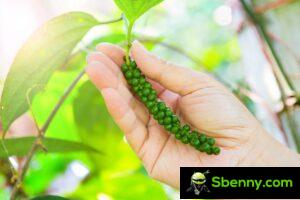
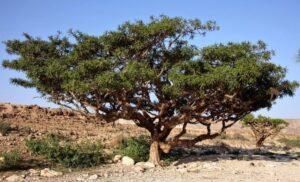
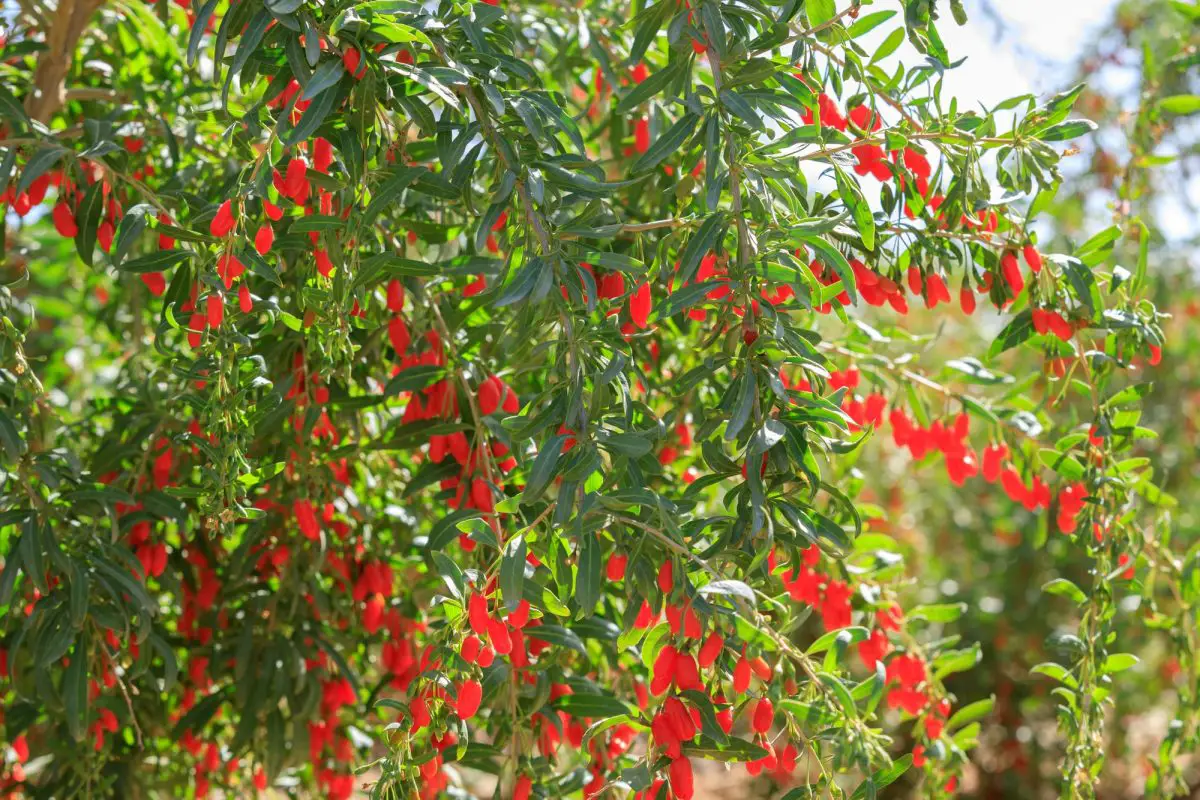
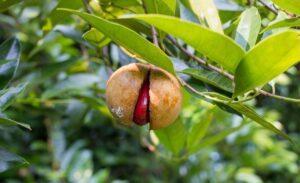
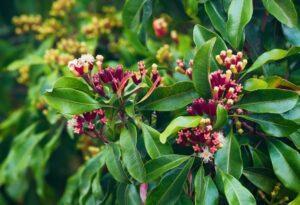
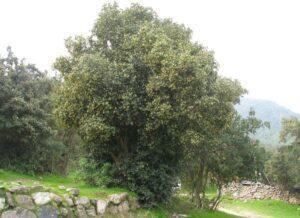
Start a new Thread